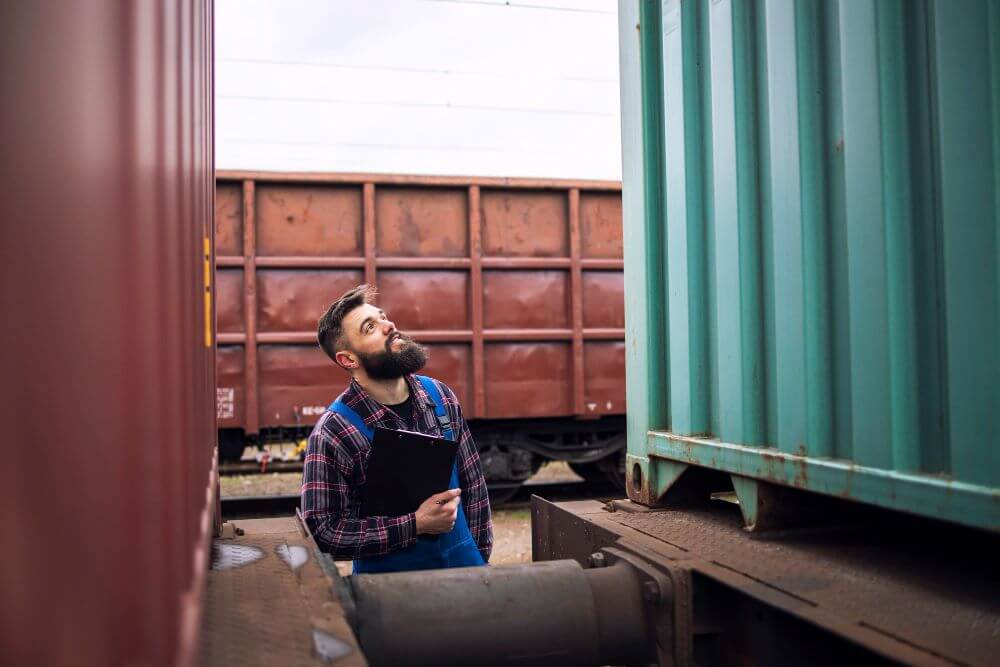Transporting dry bulk materials across long distances introduces several risks, especially during international shipping. From moisture ingress and cargo shifting to contamination by residues or pests, improper protection can lead to significant losses. Businesses dealing with commodities like powders, grains, minerals, or chemicals need reliable methods to safeguard their goods throughout the journey. Container liners have become a vital part of modern shipping by creating a sealed, clean environment inside standard containers. These liners form a protective barrier that adapts to a range of materials and shipping conditions. For those moving high-value or sensitive cargo, durable container liners for shipping protection offer an added layer of assurance against unpredictable elements. Continue reading to understand how these liners reduce risk, ensure compliance, and support smoother international logistics.
Preventing Moisture Damage During Transit
One of the primary threats to dry bulk cargo is moisture. When shipping by sea, humidity and condensation can easily form inside steel containers, especially during long journeys through changing climates. This internal moisture can damage sensitive goods like food ingredients, powdered chemicals, and agricultural products.
Container liners play a crucial role in creating a moisture-resistant environment. Many are designed with multi-layered films and woven fabric materials that act as barriers to condensation. Some include built-in desiccants or vapor control membranes that actively manage humidity levels throughout the transit period.
Moisture intrusion not only affects the quality of the goods but can also lead to mold growth or caking in powdered products. Even a small amount of water vapor can spoil an entire shipment if not managed properly. By lining the container walls and floor, these protective systems shield the cargo from steel surface condensation and external dampness.
In industries with strict quality standards, the ability to keep cargo dry is a non-negotiable. Liners help companies maintain compliance and prevent disputes over damaged goods by ensuring a consistent and dry interior environment.
Eliminating the Risk of Contamination
Contamination is another significant concern when transporting dry bulk materials, especially in sectors like food, agriculture, and chemicals. Residues from previous cargoes, rust, or foreign particles in the container can compromise the integrity of the shipment. When untreated or recycled containers are reused, the risk of contamination increases.
A container liner creates a clean, single-use barrier between the cargo and the container interior. It ensures that even if the container was previously used to carry different materials, the new shipment remains uncontaminated. This is particularly important when transporting edible or pharmaceutical-grade products that must meet high purity standards.
Some liners are manufactured using food-grade or anti-static materials to further reduce risk. With sealed seams, top fill spouts, and secure discharge systems, they maintain an enclosed space where nothing enters or exits unless intended. Liners can be sanitized, vacuum-sealed, or modified depending on the product being shipped.
By eliminating contact with metal surfaces and container floors, liners protect cargo from cross-contamination and environmental hazards. This reduces liability, enhances brand reputation, and ensures customer satisfaction upon delivery.
Preserving Product Volume and Minimizing Loss
Dry bulk shipments are typically moved in large quantities, and even small losses per container can add up significantly over time. Spillage, leakage, and handling damage are common sources of volume loss during international transport. Container liners help minimize these risks through their secure fit and engineered loading features.
The liner’s walls conform to the container’s shape and are often fitted with straps or fasteners to keep the material contained even during rough handling. Filling and discharge spouts allow for controlled loading and unloading, reducing waste and mess. Liners also reduce the risk of product sticking to the container’s walls, which is common with powdery or sticky materials.
Certain designs include baffles or internal support structures to prevent the cargo from shifting during transit. This not only protects the goods but also stabilizes the container, improving safety during transport. Liners that maintain the shape of the load also make it easier to optimize space, allowing for better volume utilization.
In global trade, efficiency is measured not only by how fast goods arrive, but how much of the cargo is retained in saleable condition. Liners help maximize that percentage with consistent performance across multiple legs of transport.
Supporting Cost-Effective and Sustainable Shipping
Container liners offer cost advantages by reducing cleaning, disposal, and packaging expenses. In traditional shipping methods, containers often need to be cleaned between uses, particularly when switching between different types of cargo. Liners eliminate the need for such processes by providing a disposable, protective layer.
This reduction in cleaning translates to faster container turnaround times and less water and chemical usage—benefits that align with both financial and sustainability goals. Additionally, many liners are now made from recyclable materials or can be reprocessed after use, lowering the environmental impact of single-use packaging.
Bulk liners also help reduce the need for additional secondary packaging, such as drums or pallets. By loading product directly into the liner, companies reduce packaging waste and make better use of container space. This lean approach to shipping reduces freight costs and carbon emissions per ton moved.
As regulations and customer expectations push industries toward greener practices, liners offer a solution that balances protection with sustainability. Businesses that adopt linear-based systems can enhance operational efficiency while moving closer to their environmental targets.
Adapting to Various Cargo Types and Industries
One of the strengths of container liners lies in their versatility. They can be tailored to match the handling requirements of different materials, ranging from granulated food ingredients to industrial powders and resin pellets. This adaptability makes liners a preferred choice in a wide range of sectors.
In agriculture, liners are used to move grains, seeds, and animal feed while protecting them from pests and humidity. In chemicals, antistatic liners are employed to prevent hazardous static buildup when transporting fine powders. In the construction industry, materials like cement and minerals benefit from liners that prevent moisture hardening and product segregation.
Liners are available in multiple formats, including form-fit liners, baffled liners for cube stability, and spout-top designs for controlled filling. They can be customized based on the loading method—whether by conveyor, pneumatic system, or manual process. Discharge options are equally flexible, with gravity-fed or vacuum systems compatible depending on the product.
This ability to accommodate specific logistics needs helps businesses avoid the cost and complexity of using separate packaging solutions for each product type. One container system, many use cases—liners provide an efficient bridge between product diversity and logistical uniformity.
International shipping comes with many variables—weather, regulations, distance, and handling practices can all influence the condition of cargo upon arrival. Container liners help reduce uncertainty by creating a stable, protected environment inside each unit. Whether the product is fragile, moisture-sensitive, or regulated, liners provide a trusted layer of security that travels with the shipment from origin to destination.

















